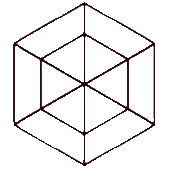SUBLIMINAL TIME
Source: Elie During, “Ikeda, or subliminal time”, in Ryoji Ikeda (ed.), continuum, Pliezhausen: Éditions Xavier Barral, 2018.
Artists, sooner or later, produce an image of time that is like the emblem or signature of their research. Quite early on, Marcel Duchamp articulated his own principle for this by marking down a “rendez-vous” that everyone can clearly read among the handwritten notes of the Green Box: “The clock in profile.” This was in 1913. Half a century later, the project would come to fruition, among other possibilities, with an extra-textual insert in Robert Lebel’s book, La Double vue: a cut-out of a double clock face, but without hands, allowed a glimpse of the possibility of a folding that literally exhibits time by the slice, offering a kind of cross-sectional view. Thus, through a subtractive operation of the utmost simplicity, the pendulum clock in profile was able to suggest “other dimensions of duration”, a “sort of present of multiple extensions” (Marcel Duchamp, Notes). In glossing the familiar trope associated with measuring instruments – time indexed to the unfolding of fluxes, to the movement of heavenly bodies or to the shadows that they cast, to the movement of a pendulum or clock hands, etc. – in suppressing one dimension in order to bring to the dial’s surface an “infra-thin” line, at the threshold of visibility, Duchamp evinces the staggering intuition of a temporality absolutely emancipated from local movement: a non-linear time that can be developed freely in two or three dimensions—and possibly even higher.
For the fundamental operation of time is not to “pass” as is often believed. To imagine time’s passage is to assimilate it to a flux, an archi-flux that embraces all the natural processes. But if time is the envelope of becoming, or its immutable form, it is because time itself escapes change. Every great philosophy of time has affirmed this in its own way—including those that maintain that time is only the expression of the concrete becomings that weave the world together. Here, images come to the rescue, relaying defective concepts and commonplace terms that are always slightly overwrought with linear or vectorial intuitions: we may speak, for example, of a “temporal field” (Merleau-Ponty) or even of a time that does not flow but rather “percolates” (Serres), a stochastic time that accumulates a reserve of energy in place, capable of carving out, here and there, little channels of becoming like in an expresso machine. We could of course further complicate these matters by following the example of Duchamp and many others after him: developing once and for all the idea of a time in two or three dimensions; envisioning – and why not? – a “fractal time” whose dimension would be fractional and non-integral: between the line and the surface, the flux and the flows. Ideas are not what is lacking. The challenge of artistic work is to articulate these ideas under the conditions of sensible experience in such way that does not simply re-enact these philosophical themes in an illustrative or allegorical mode, and that permits, at the same time, a glimpse of new variations and combinations.
Links
︎ egs.edu/biography/elie-during ︎ parisnanterre.fr/m-elie-during--697698.kjsp
From the same writer
T.00_ED_TEXTUAL HOLOGRAM: PRESENTATION T.01_ED_FOLDS AND PIXELS T.02_ED_DIGITAL SUBLIME T.03_ED_MATHEMATICAL SUBLIME T.04_ED_IMMANENT SUBLIME T.05_ED_NEXUS T.06_ED_KINKED CLASSICISM T.07_ED_LOOSE COEXISTENCE T.08_ED_FLOATING TIME T.09_ED_FLOATING SPACE T.10_ED_RETRO-FUTURES T.11_ED_EXITING VIRTUAL REALITY T.12_ED_BULLET TIME T.13_ED_GHOST TIME T.14_ED_SUBLIMINAL TIME T.15_ED_DIAGRAMS OF COEXISTENCE T.16_ED_VOLUME-IMAGE T.17_ED_VERTICAL TIME T.18_ED_TURNING MOVEMENTS T.19_ED_SUPERTIME T.20_ED_PROTOTYPE T.21_ED_ZERO-G ARCHITECTURE T.22_ED_SHOCK SPACE T.23_ED_TRANSPARENCY






